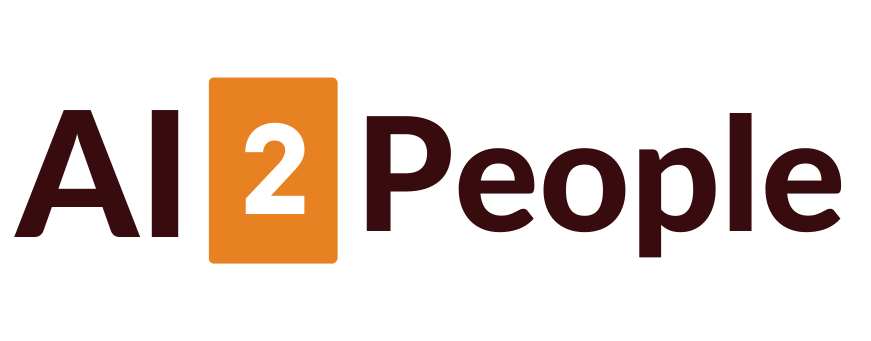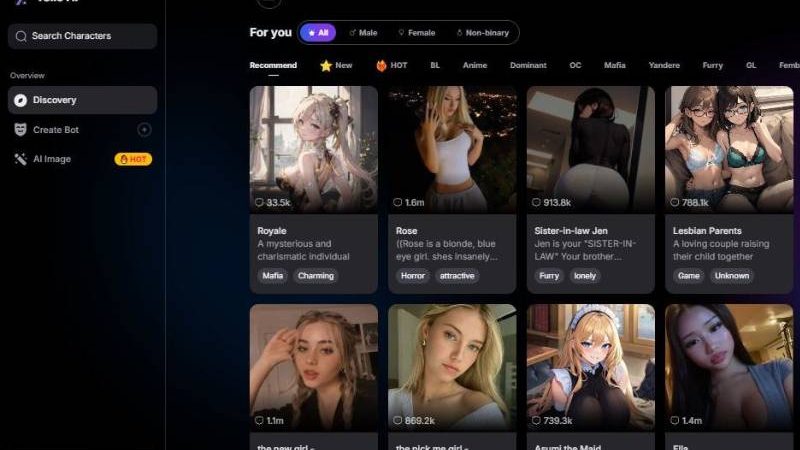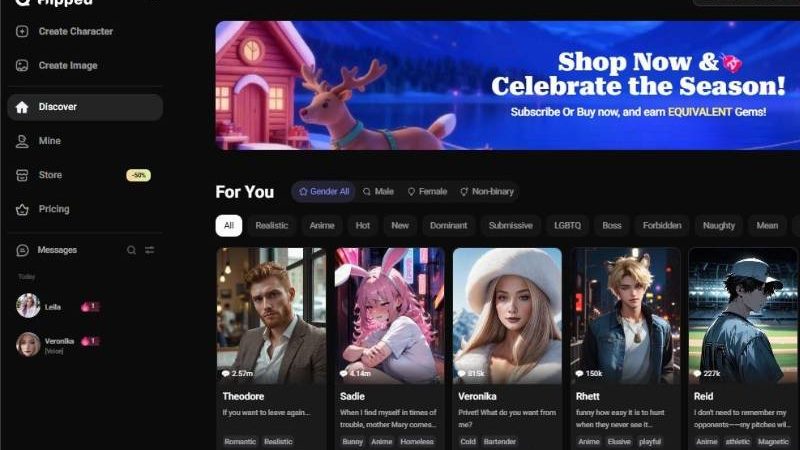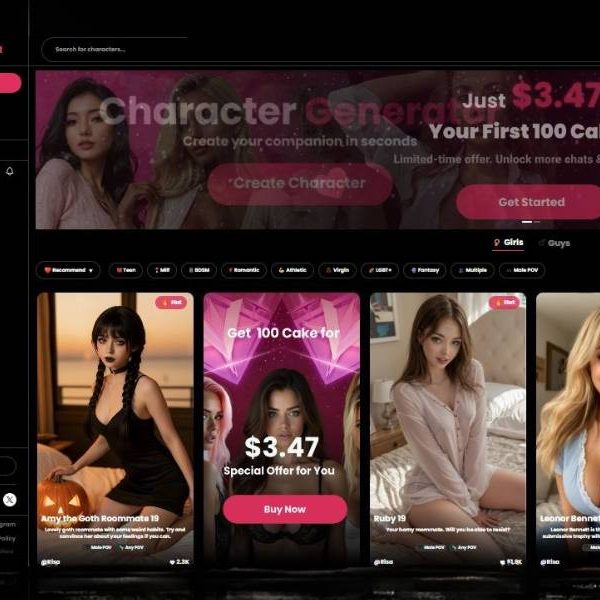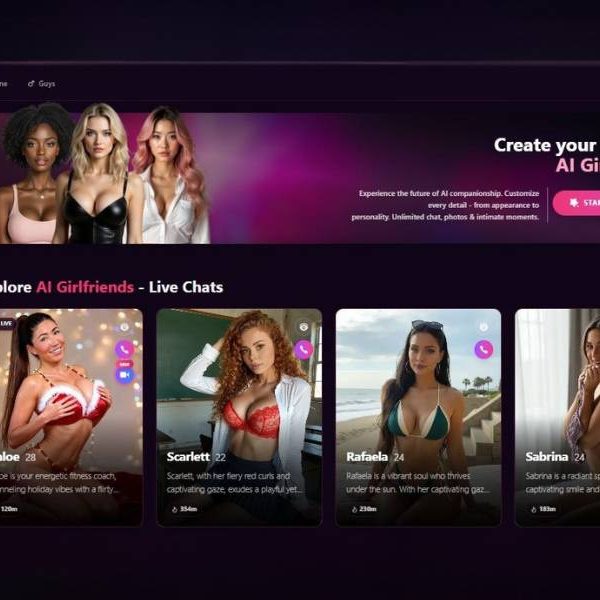
Breaking Down AI Video Generators: A Deep Dive into the Technology Behind the Tools
There’s a moment in every project where your cursor blinks like a metronome of self-doubt.
Then you try an AI video tool “just to get unstuck,” and suddenly you’ve got a draft: scenes, captions, b-roll, even a voice that sounds uncannily like you on a good sleep week.
That whiplash—from blank timeline to almost-polished—feels like sorcery. It isn’t. Under the hood is a stack of very mortal, very clever systems.
Let’s pull the curtain, poke at the gears, and talk about how to work with them without losing your voice (or your ethics).
From Prompt to Plan: How Ideas Turn into Scripts and Scenes
The first engine in most modern tools is a language model. Think of it as your polite, tireless co-writer who has read a few libraries and still laughs at your dad jokes.
- Intent capture. You toss in a topic (“show how our app saves 3 hours a week”), a vibe (“friendly, no fluff”), and a duration. The model maps that to a structure—hook, problem, solution, proof, CTA—because it’s been trained on piles of examples and rhetorical patterns.
- Outline → script. The model expands beats into lines, adds transitions, and suggests visual cues (“close-up of dashboard,” “customer quote”). Good tools let you nudge—more playful, fewer buzzwords, add a stat—so the model course-corrects without you rewriting from scratch.
- Context grounding. For accuracy, enterprise tools often plug in retrieval: they index your docs, FAQs, and blog posts, then fetch snippets the model can quote or paraphrase. That’s how the explainer suddenly knows your product actually supports custom webhooks.
My opinionated advice: treat the model like a junior producer. It’s brilliant at scaffolding and relentless at versioning, but you own taste, facts, and point of view.
Pictures That Move: Three Visual Pipelines (and When Each Shines)
AI video generators don’t all “draw” frames from thin air. Most juggle three complementary methods:
- Template-driven editors. Think motion-graphics kits: lower-thirds, kinetic type, scene layouts. The system places your text, crops images, and times animations to beats. You get reliability, brand kits, and fast resizes (9:16, 1:1, 16:9) with smart reframing via saliency detection so faces stay in frame.
- Asset retrieval. The tool embeds your script into vectors (semantic fingerprints) and searches stock libraries for matching b-roll. It’s why “warehouse logistics” doesn’t return a latte art close-up—usually. You can swap clips with a click.
- Generative imagery & video. Diffusion and transformer models synthesize stills or short clips from text. For photos that “come alive,” many tools rely on keypoint-driven animation or first-order motion models to add parallax and subtle facial motion without uncanny weirdness.
Photo-led projects sit in a sweet spot: start with a still, add camera moves (the tasteful Ken Burns cousin), then punctuate with light generative flourishes. When you need a full, narrated piece from existing content, a bold ai url to video generator no watermark plan ensures clean client deliverables after your trial cut.
Sound That Sells: Voice, Prosody, and (Yes) Lip-Sync
Audio is the empathy layer. The stack here is sneakily deep:
- TTS (Text-to-Speech). Modern neural voices don’t just pronounce; they perform. They model timbre, pace, and emphasis. You can ask for “confident, 10% faster” and actually hear it.
- Voice cloning. With consent and a clean reference, some tools learn your voiceprint: phonemes, pitch, micro-pauses. It keeps brand continuity and spares you late-night re-records.
- Prosody control. Punctuation, SSML tags, and tool-specific sliders shape breaths and breaks. If a line lands flat, it’s often the commas.
- Lip-sync alignment. If you’re localizing, the system maps syllables to visemes (mouth shapes) and warps frames so lips track the new language. Done well, it stops the “bad dub” itch and makes room for authentic storytelling.
My rule: choose warmth over novelty. A slightly less “wow” clone that sounds like a considerate human beats a perfect robot nine days out of ten.
The Invisible Editor: Timing, Typography, and All the Tiny Decisions
Great videos feel inevitable; that’s editing doing push-ups in the background.
- Beat detection & pacing. Tools analyze your script and soundtrack to suggest cut points every 2–3 seconds. They’ll auto-trim silences, shorten rambling lines, and keep energy up without whiplash.
- Captioning & typography. ASR transcribes; an NLP pass auto-chunks captions so they’re readable. Dynamic type animates only when necessary—micro-movement, not carnival.
- Brand consistency. Color, font, motion presets—locked. It’s the difference between “nice try” and “looks like us.”
- Smart reframes. Vision models track subjects so when you switch aspect ratios, the important stuff stays centered. No more chopping someone’s forehead in vertical.
When things feel off, it’s often one of these: captions crowding a face, a cut landing mid-word, or transitions used as decoration rather than direction. Tiny fixes, huge lift.
Watermarks, Rights, and the Grown-Up Bits
I’m not your lawyer, but here’s the boring-and-vital truth: most platforms let you prototype free and export clean on paid plans. If a brief demands spotless files, confirm the plan tier upfront rather than cursing at 11:58 p.m. The same goes for:
- Image rights. Use assets you own or that your license covers.
- Voice consent. If you clone, document approval (your own, or your talent’s).
- Likeness. “Talking photo” features are powerful; keep subjects informed and comfortable.
Ethics isn’t a hurdle; it’s how your work ages well.
Matching Tool to Job: A Field Guide (with Opinions)
You don’t need every bell and whistle; you need the right ones for this week’s project.
- Need an onboarding or product pitch quickly? Reach for an bold explainer video generator with ai where script → scenes → captions is one continuous flow.
- Turning a blog page or knowledge base into a reel? A reliable bold ai url to video generator no watermark plan (for finals) plus strong caption controls is your friend.
- Building from a photo folder? An bold ai photo to video generator with voice no watermark workflow shines when you want narration, subtle motion on stills, and clean exports for ads or client handoffs.
My bias: pick the tool that makes you want to open it tomorrow. If the editor fights you, even the fanciest model won’t save morale.
A Practical, Reusable Workflow (Steal This)
- Define one promise. “Show how to set up alerts in 60 seconds.” If you can’t state it, the viewer won’t feel it.
- Draft two scripts. Straight explainer and story-first. Read both out loud. Keep the one that makes you nod.
- Assemble visuals. Mix close-ups, context shots, and a single chart or screen that earns its on-screen time.
- Generate voice. Choose a tone slider (neutral for docs, warm for onboarding, upbeat for launches).
- Cut on the breath. Let the edit respect natural pauses. Silence is seasoning—use a pinch.
- Caption smart. High contrast, off the face, no orphans (single words on a line).
- Resize thoughtfully. Re-frame critical UI elements for vertical rather than trusting the center crop.
- QA in headphones and on a phone. If it reads on a bumpy commute, it’ll sing on a desktop.
- Ship, measure, iterate. If drop-off spikes at :07, your hook is soft—not the audience.
I keep a “what surprised me” list after every publish. Creativity loves a breadcrumb trail.
Where This Is Going: Real-Time, Personal, and (Hopefully) Responsible
The horizon looks busy in the best way:
- Real-time dubbing for live events, with low-latency lip-sync that won’t make your brain itch.
- Audience-aware variants that swap examples (football vs. cricket, PayPal vs. PIX) based on region without changing the core message.
- On-device privacy so sensitive footage never leaves your environment; models come to the media, not vice versa.
- 3D & spatial elements where product explainers become interactive scenes you can orbit, not just watch.
And the responsibility bit: transparent labels for cloned voices, clear provenance for generated assets, and audit logs for compliance. Trust is a feature, not a footnote.
Closing Notes (with feeling)
I used to treat video like a mountain: train for weeks, climb once, collapse. AI turned it into a hike I can take on a Tuesday.
Not effortless—still sweat, still choices—but accessible, repeatable, oddly joyful. Ask your tools questions.
Give them feedback. Let them offer solutions you can accept or toss. The craft is still yours: the specificity, the kindness, the tiny pause before the punchline. That’s the part no model can automate—and thank goodness for that.
